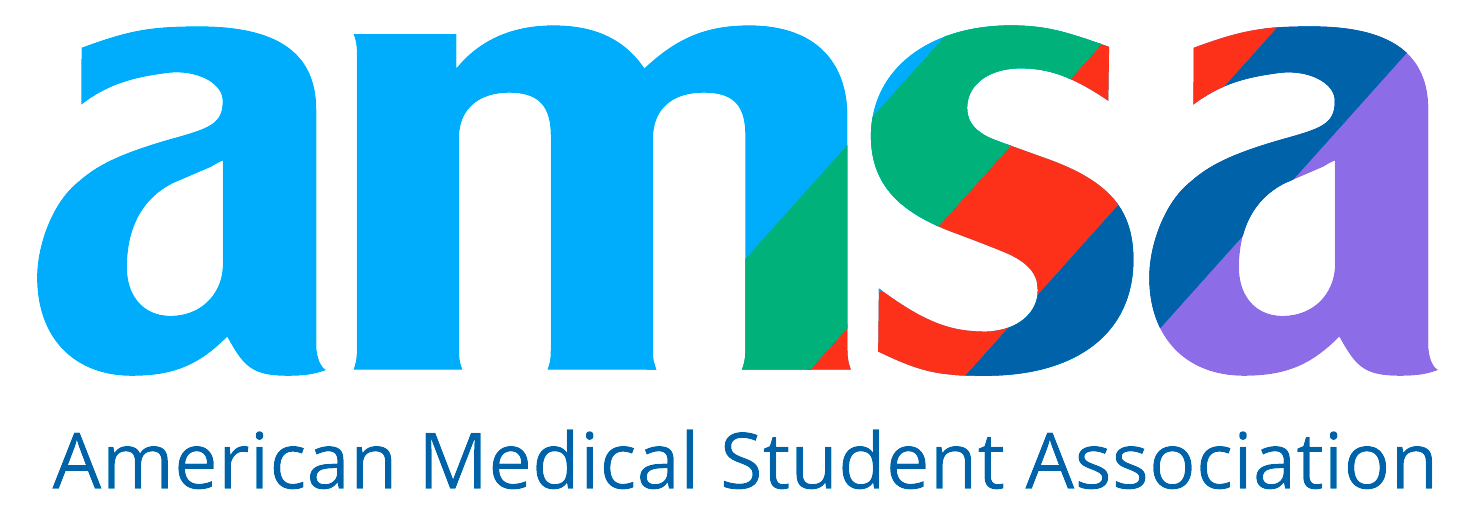EMTs vs Paramedics: Training, Duties, and Career Differences Explained
Go-Elective Abroad
EMTs vs Paramedics: Training, Duties, and Career Differences Explained
Choosing a healthcare career begins with understanding the roles available to you. If you’re considering emergency medicine, two of the most common starting points are becoming an EMT or a paramedic. While they work side-by-side in the field, their training, responsibilities, and scope of practice differ significantly.
Let’s explore the key differences between EMTs and paramedics — and how both roles can be stepping stones to a healthcare career
What Does an EMT Do?
Emergency Medical Technicians (EMTs) are trained to provide basic life support (BLS) to patients in urgent situations. This includes:
- CPR and defibrillator use
- Controlling bleeding and wounds
- Oxygen administration
- Monitoring vital signs
- Transporting patients safely to hospitals
EMTs are typically the first on the scene, providing initial patient assessments and stabilizing individuals for transport. They do not perform invasive procedures but must be highly responsive and capable under pressure.
What Does a Paramedic Do?
Paramedics deliver advanced life support (ALS). In addition to all EMT duties, paramedics can:
- Start intravenous (IV) lines
- Administer medications
- Intubate patients
- Perform advanced airway management
- Conduct EKG interpretations
- Handle complex trauma or cardiac cases
Paramedics often have more autonomy in emergency scenarios, making critical decisions and carrying out more advanced interventions.
Key Differences Between EMTs and Paramedics
Here’s how EMTs and paramedics compare across education, responsibilities, and salary expectations:
Training and Education
- EMTs: Require 120–180 hours of training, typically completed in under 6 months. Programs are often available at community colleges.
- Paramedics: Require 1,200–1,800 hours of training over 1.5 to 2 years. This may include earning an associate degree, completing clinical hours, and passing the National Registry of Emergency Medical Technicians (NREMT) paramedic exam.
You must first become an EMT before advancing to paramedic training.
Scope of Practice
- EMTs: Focus on non-invasive procedures, vital signs monitoring, and basic stabilization.
- Paramedics: Perform advanced interventions, including medication administration, airway management, and emergency resuscitation techniques.
Salary and Career Outlook
- EMTs earn around $30,000–$45,000 annually, depending on location and experience.
- Paramedics earn between $45,000–$65,000+ annually, with some states like New York paying experienced paramedics over $85,000.
According to the U.S. Bureau of Labor Statistics, EMT and paramedic jobs are projected to grow 11% over the next decade.
Can EMT or Paramedic Experience Help You Get into Medical School?
Absolutely. Many pre-med and healthcare students start as EMTs or paramedics to gain direct clinical exposure and demonstrate resilience under pressure — two qualities highly valued by admissions committees.
You can also pair your EMT or paramedic background with a global health internship abroad to stand out even more. Our programs offer:
- Real-world shadowing alongside physicians
- Exposure to tropical diseases, trauma, and maternal health
- Cross-cultural patient care experiences
- Opportunities to serve under-resourced communities
These immersive internships give students a broader understanding of global healthcare challenges while reinforcing AAMC Core Competencies like service orientation, cultural competence, and teamwork.
Emergency Medicine Internships Abroad
If you’re passionate about pre-hospital or emergency care, consider exploring your interest in a clinical setting abroad. Go Elective’s medical internships in Kenya and Tanzania include shadowing in emergency rooms, outpatient departments, and trauma wards.
Our emergency medicine tracks give you first-hand insight into patient triage, acute care, and hospital transport coordination—all while working alongside local healthcare teams in real hospital environments.
Whether you're an EMT, paramedic, pre-med student, or healthcare enthusiast, our global health internships provide powerful experiences that strengthen both your résumé and your purpose.
Final Thoughts: EMT vs Paramedic – Which Path is Right for You?
The decision between becoming an EMT or a paramedic depends on your career goals, timeline, and commitment to training.
- If you want a faster entry into healthcare, becoming an EMT is a great start.
- If you’re seeking greater responsibility and autonomy, the paramedic route may be the better fit.
Whichever you choose, gaining hands-on experience in global settings through Go Elective can give you an edge in your healthcare journey. Learn more about how to apply to our programs and explore the opportunities that await in East Africa and beyond.
Article Details
Categories
Recent Articles , Pre-health, Medical Electives,
Author: Go-Elective Abroad
Date Published: May 10, 2025
Travel with us.
Inquire Today!
Go Elective offers immersive opportunities for medical students, pre-med undergraduates, residents, nursing practitioners, and PAs to gain guided invaluable experience in busy hospitals abroad. Discover the power of study, travel, and impact.






